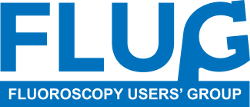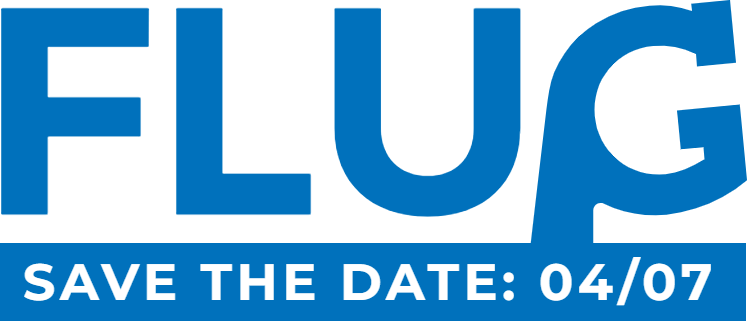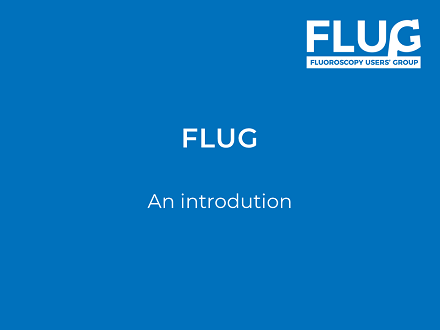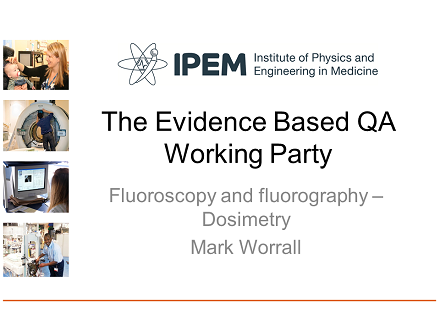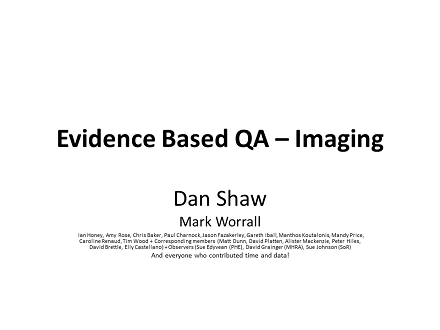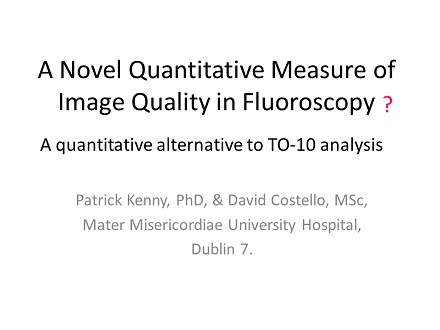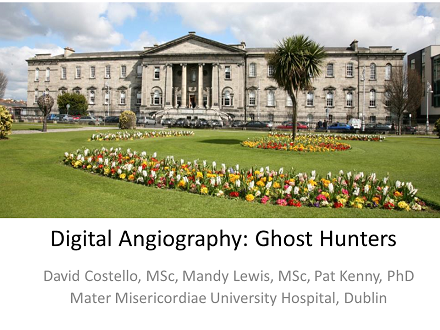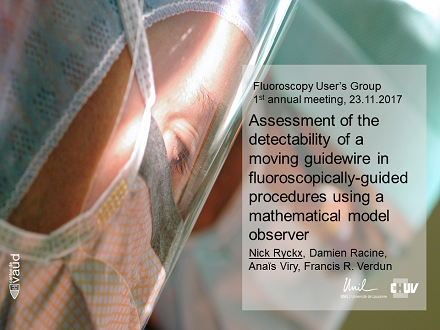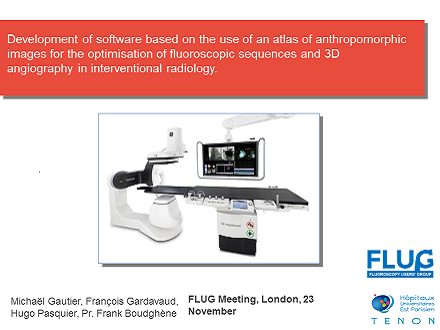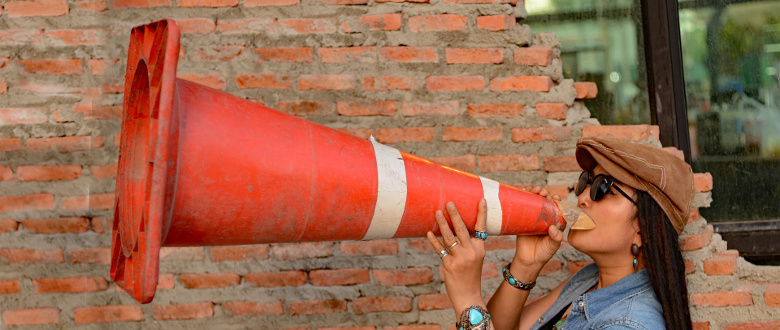
Call for abstracts
FLUG is holding its 2024 meeting on 4th July in Nottingham. As the FLUG team prepares the timetable we would like to invite proffered presentations [anything between 10-20 minutes, just specify] and also ideas for wider discussion. We especially welcome proffered presentations on novel quality control methods (e.g. CBCT, movement issues such as lag, CNR-based control logic etc) along with any case studies on optimisation of either the patient dose/IQ balance or staff occupational dose. Please keep your submitted abstracts to 500 words or less.
Please send your abstracts to team@flug.org.uk as well as ideas for round-table discussions.
...
